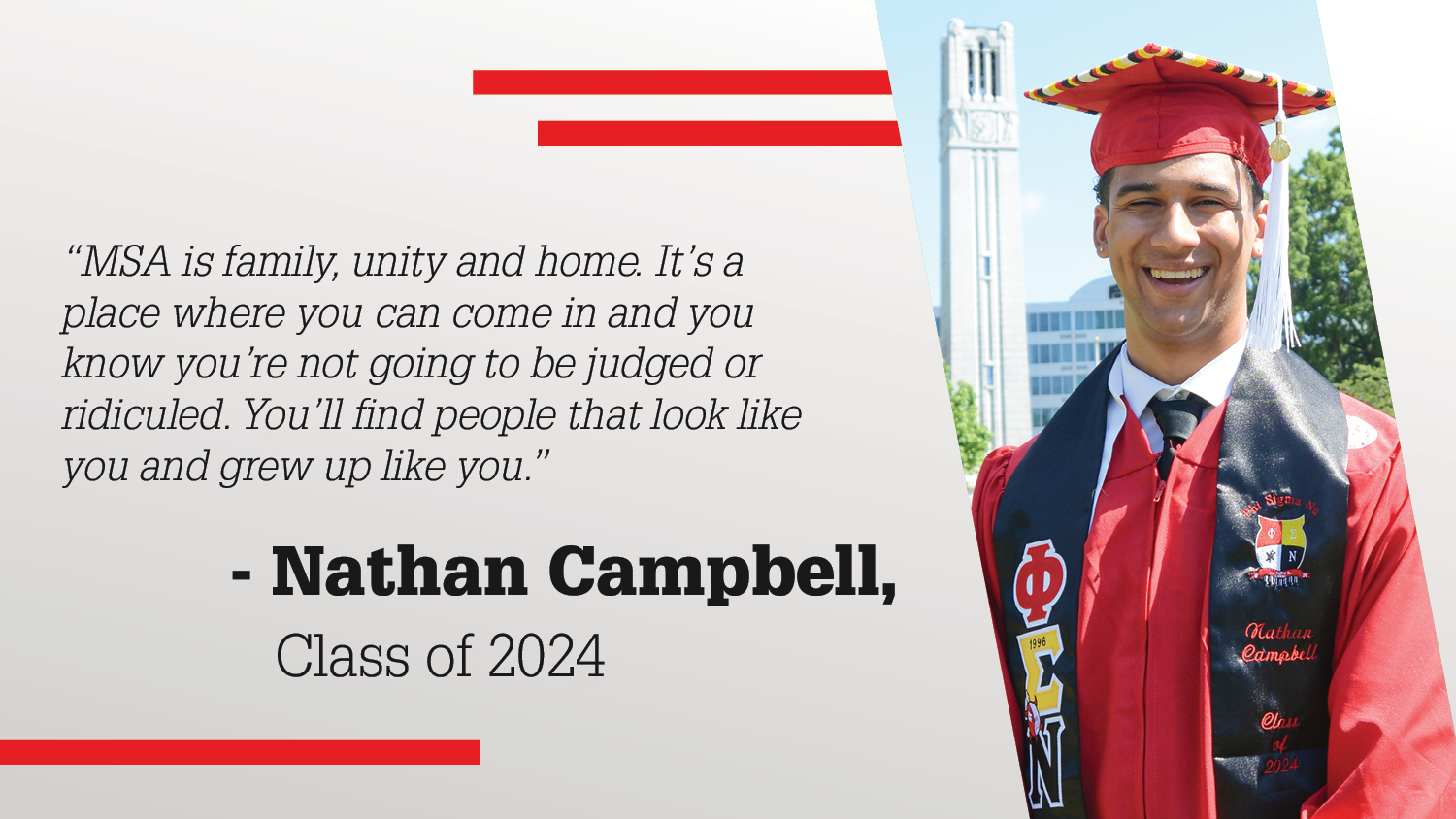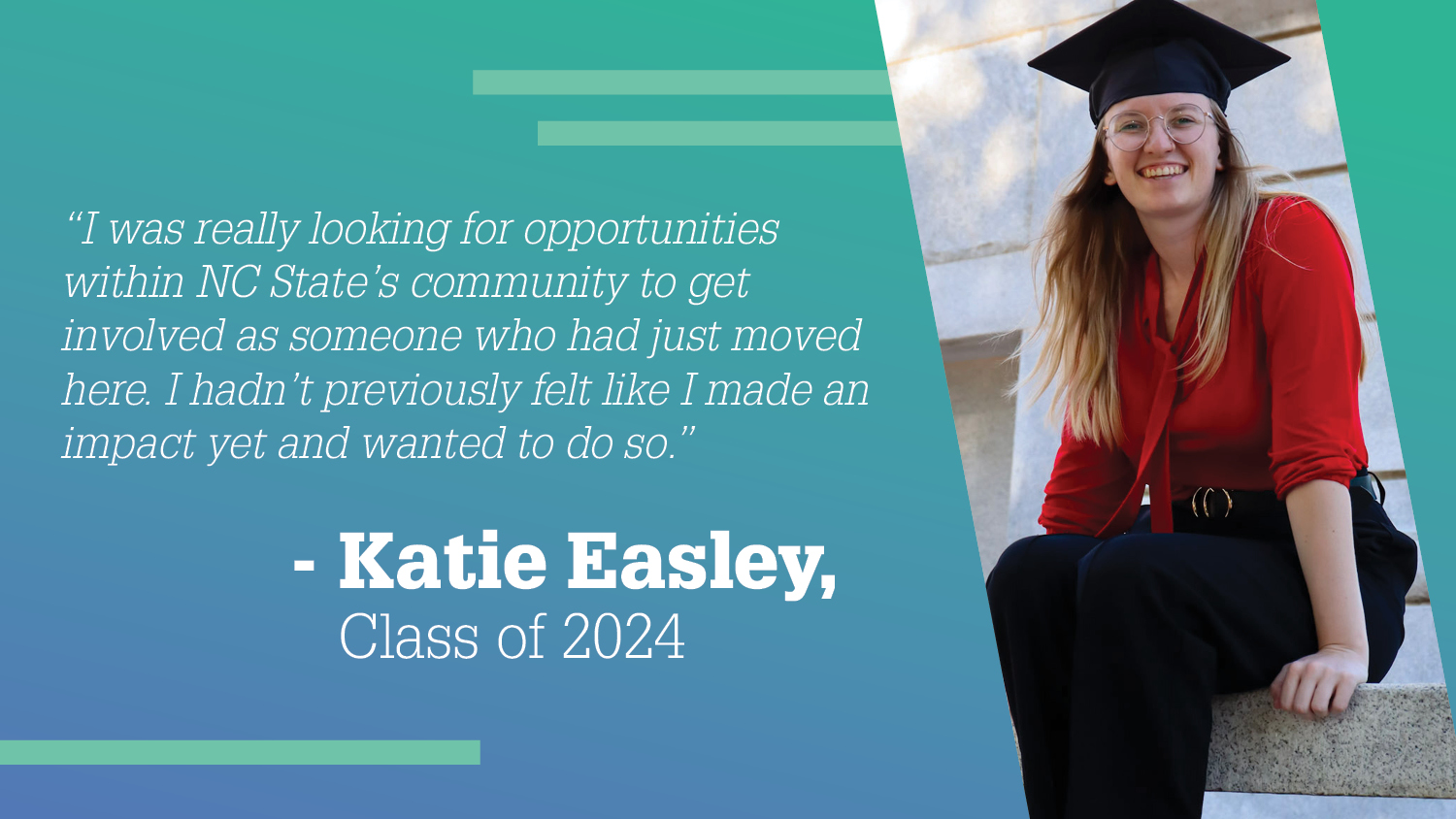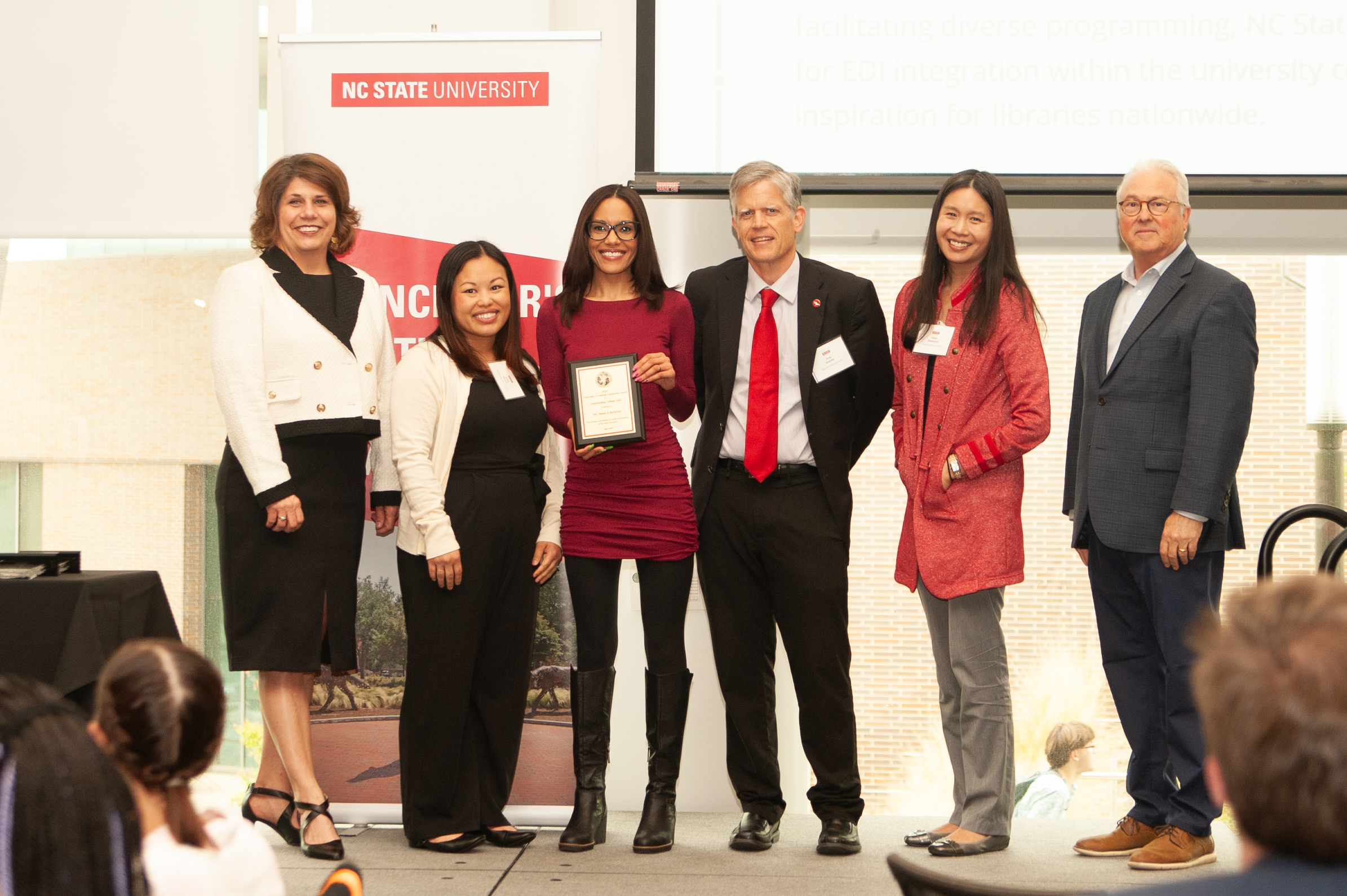Creating Accessible Online Content is Critical

Access to information is at the touch of our fingertips. Through the use of technology, people are able to stay connected with others from miles away and look up the answer to virtually any question. But for some, clicking a button or searching for an answer isn’t that easy, especially if online content isn’t accessible.
“Creating and utilizing accessible content is fundamental to equal access. Creating accessible materials is usually very simple and generally does not involve extra time or effort,” according to NC State’s Disability Resource Office website.
What is Accessible Online Content?
Accessible online content is content that can be accessed by all users. Accessibility reduces barriers to information for users with disabilities and considers all the impairments that these users may have.
Ragan Glover-Rijkse, a Ph.D. candidate in communication, rhetoric and digital media at NC State and a graduate teaching assistant, teaches her communication students about the concept of Universal Design, which is “the design of products and environments to be usable by all people, to the greatest extent possible, without the need for adaptation or specialized design.”
The seven principles of Universal Design are equitable use, flexibility in use, simple and intuitive use, perceptible information, tolerance for error, low physical effort and size and space for approach and use. Glover-Rijkse emphasizes the need for creators to create accessible content and says that “by doing this, you communicate that you care about the person with whom you are going to communicate and that they are valuable and they might be able to contribute something valuable back.”
How to Make Online Content Accessible
- Create ALT text for images.
Alternative text, also known as alt-text, is text that accompanies an image and can be read aloud by screen readers to explain the content of the image for those with visual impairments . ALT text differs from a caption because it does not appear under the photo, but rather is in the HTML code.
Social media sites such as Instagram, Facebook, Twitter and LinkedIn allow users to add ALT text to the photos they share.
- Use headings and subheadings on websites.
Screen readers are not always able to follow visual cues like boldface, so having actual headings and subheadings helps screen-readers follow the correct order and structure of a web page.
- Avoid busy backgrounds.
Bright colors that don’t contrast well are often difficult to read. Additionally, backgrounds with moving videos or several images take a while to load on mobile devices, which for many, is the only device that they use to access content.
- Provide transcripts and captions
When creating videos, providing transcripts and/or captioning helps everyone to easily engage and interact with the content.
Why is Accessible Content Important?
Accessible online content benefits all users. Web designers, app developers and even everyday social media users are all capable of making their content more accessible and allowing anyone to engage.
For More Information
- See Accessibility at NC State for comprehensive guidance on a full range of accessibility topics or contact Crystal Tenan, NC State’s IT accessibility coordinator, at accessibilty@ncsu.edu.
Jenna Nabors is a third-year student majoring in communication and international studies and is a Park Scholar. Share your thoughts about this article on Twitter at @NCStateOIED.


